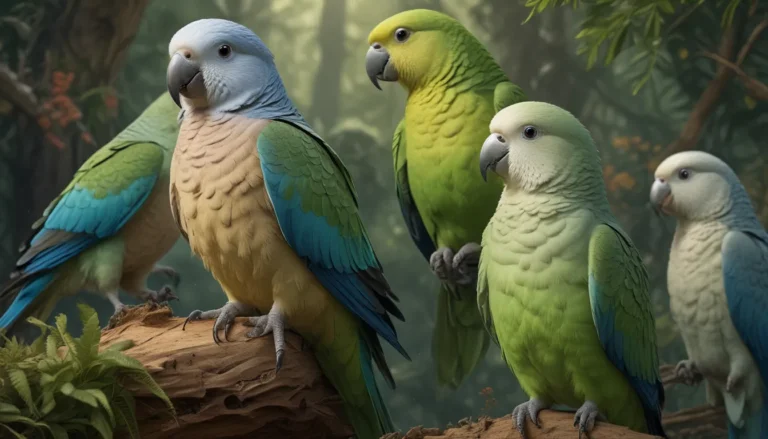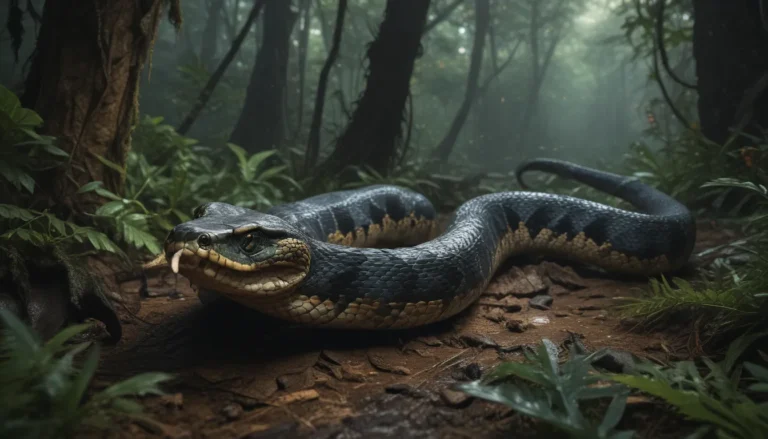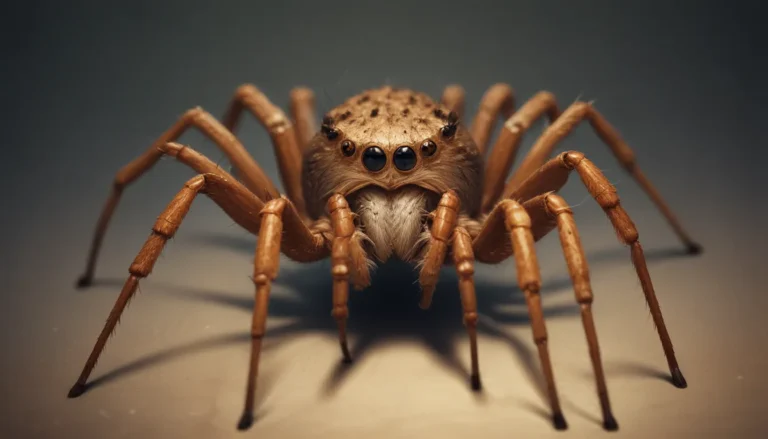The pictures we use in our articles might not show exactly what the words say. We choose these pictures to make you interested in reading more. The pictures work together with the words but don’t take their place. The words still tell you the important facts.
Welcome to the captivating world of fruit bats, where these majestic creatures thrive in the tropical realms of the Old World. Often misunderstood, these herbivorous bats play vital roles in nature conservation. Delve into the fascinating realm of fruit bats through a collection of intriguing facts that will unveil the beauty and significance of these gentle giants.
Unveiling the Mega Size of Fruit Bats
The megabat family encompasses some of the largest bats in the world, with impressive wingspans and weights that set them apart. The giant golden-crowned fruit bat and the great flying fox are notable members of this family, showcasing the grandeur and diversity of these extraordinary creatures. While some fruit bats are indeed massive, others surprise with their petite stature, challenging stereotypes and showcasing the variety within the megabat family.
A Diet Fit for Royalty: Fruits, Nectar, and Pollen
Contrary to their fearsome appearance, fruit bats are gentle herbivores, primarily feasting on fruits, nectar, and pollen. Their reliance on plant matter fuels their existence, with some species showing a preference for specific plants like figs. Their culinary preferences extend beyond fruits to include various plant parts, demonstrating a crucial role in ecosystem balance and plant propagation.
A Test of Endurance: The Flying Feats of Fruit Bats
Embarking on long-distance flights in search of sustenance, fruit bats exhibit remarkable endurance that defies human capability. Their massive lung volumes and efficient hearts enable them to navigate the skies with ease, showcasing a resilience that is awe-inspiring. This endurance underscores their essential role in pollination and seed dispersal, driving the vitality of their surrounding habitats.
Sight and Smell: The Navigation Tactics of Fruit Bats
Unlike other bats, most fruit bats eschew echolocation in favor of sharp senses of sight and smell. While some species employ rudimentary echolocation in dark environments, the reliance on other senses showcases the adaptability and sophistication of these creatures. Through these sensory powers, fruit bats conquer the darkness, securing their place in the natural world.
The Unexpected: Fathers on Milk Duty
In a surprising twist of nature, some fruit bat species feature fathers that can produce milk for their young. This unique phenomenon challenges traditional roles within mammalian species, highlighting the complex and diverse nature of parenthood in the animal kingdom. The nurturing instincts of male fruit bats offer a glimpse into the intricacies of family dynamics among these fascinating creatures.
Social Bonds: The Roosting Rituals of Fruit Bats
Social animals by nature, fruit bats form intricate roosts where they engage in communal living and care. Pregnant females often join forces in nursery roosts, creating networks of support and kinship that enhance their chances of survival. Through scent, vocal signals, and body movements, fruit bats communicate and bond, showcasing the importance of social ties in their ecosystem.
Guardians of the Ecosystem: The Pollination Prowess of Fruit Bats
Beyond their dietary habits, fruit bats play a crucial role in pollinating flowers and dispersing seeds, vital for the health of their ecosystem. Their partnership with plants demonstrates a mutualistic relationship that sustains biodiversity and plant propagation. From pollinating rare trees to fertilizing the soil, fruit bats serve as unsung heroes in the intricate dance of nature.
Cultural Icons: Fruit Bats in Human Heritage
Human cultures have long intertwined with fruit bats, with these magnificent creatures featuring prominently in folklore, art, and traditions. From cave art in Australia to war shields in Indonesia, fruit bats leave an indelible mark on human creativity and spirituality. Their bones, teeth, and fur play roles in rituals and adornments, underscoring their cultural significance and symbolic power.
The Dark Side: Disease Vectors and Conservation Concerns
While fruit bats illuminate the wonders of nature, they also carry disease-causing viruses that pose risks to humans and wildlife. From Marburg to Ebola, these viruses lurk within the bat populations, serving as potential vectors for outbreaks. Additionally, many fruit bat species face extinction threats due to human activities, habitat loss, and climate change, underscoring the urgent need for conservation efforts to safeguard these remarkable creatures for future generations.
As we delve into the realm of fruit bats, we uncover a tapestry of wonder and complexity that deepens our appreciation for the natural world. With their majestic presence and vital roles in ecosystems, fruit bats stand as symbols of resilience, diversity, and interconnectedness in the vast fabric of life. Let us cherish and protect these extraordinary creatures, ensuring their legacy endures for generations to come.






